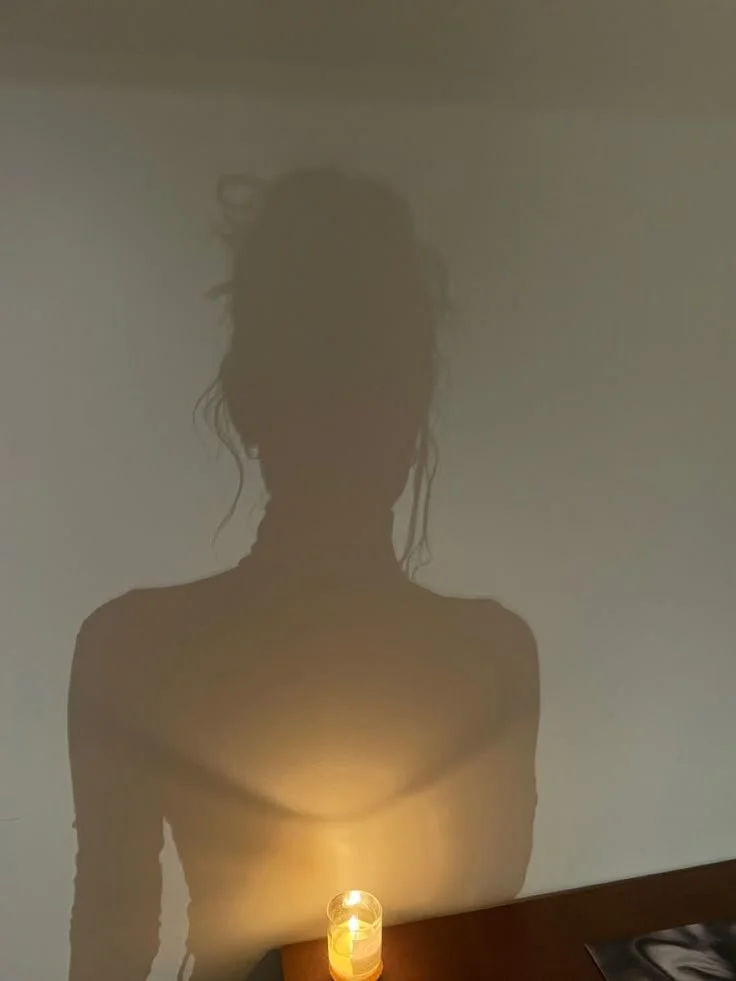The Ultimate Guide To Fixing Your Broken Sleep Schedule
Modern life doesn’t make it easy to sleep well. Between glowing screens, long workdays, and endless to-do lists, many of us find ourselves caught in a frustrating loop—dragging ourselves out of bed in the morning, barely functioning through the day, then lying wide-eyed in the dark at 2 AM. If this sounds familiar, your sleep schedule might be broken.
In this article, we’ll walk you through the tell-tale signs of a disrupted sleep-wake cycle, help you build a sleep-friendly environment, and show you how to reset your internal clock with practical, science-backed strategies. Whether you’re a night owl struggling to wake up or someone who wakes up tired no matter what, this guide will help you reclaim restful, restorative sleep.
No. 1
How Do You Know Your Sleep Schedule Is Broken? (The Tell-Tale Signs)
You might not even realize your internal clock is out of sync. However, your body often sends subtle—and not-so-subtle—signals that your sleep-wake cycle needs attention.
Common Signs of a Disrupted Sleep Schedule:
You need multiple alarms and still hit snooze every morning
You feel groggy or foggy until late morning (or all day)
You fall asleep unintentionally in front of the TV but can’t fall asleep in bed
You wake up multiple times during the night
You’re full of energy at night but can’t function in the morning
You rely heavily on caffeine just to get through the day
If any of these sound familiar, your circadian rhythm—the internal clock that regulates your sleep—may be out of sync. But the good news is: you can reset it.
No. 2
The Foundation: Crafting Your Personal Sleep Sanctuary
Let’s start where sleep begins: your bedroom. Your environment plays a bigger role in sleep quality than you might think. A calm, dark, and quiet space can help your body naturally drift into deeper, more restorative sleep.
How to Build a Sleep-Friendly Bedroom
The Power of Perfect Darkness (Hello, Blackout Curtains!)
Your body relies on light cues to regulate melatonin, the hormone that controls sleep. If your room is lit up like a city skyline, your brain won’t get the message that it’s time to rest. Blackout curtains are a game-changer—blocking out streetlights, early morning sun, and even moonlight.
Find Your Ideal Temperature
Most people sleep best in a cool room—between 60 and 67°F. If you’re too hot or too cold, your body may struggle to reach deep sleep stages. Experiment with your thermostat, bedding, and sleepwear until you find your perfect setup.
Banishing Noise and Digital Distractions
Even subtle noise can disrupt your sleep cycles. Consider using white noise machines, earplugs, or a fan to mask disturbances. And don’t forget: flickering devices, blinking lights, and phone notifications can interfere with melatonin production. Move electronics away from your bed—or better yet, out of the room altogether.
Your Secret Weapon for Deeper, Darker Sleep
Not everyone can control their environment completely. Maybe blackout curtains aren’t in your budget, or you’re living in a furnished rental. Perhaps you’re a frequent traveler and never know what your sleep setup will look like.
Enter: The Sleep Mask
A high-quality sleep mask can provide complete darkness wherever you are. It’s a simple, affordable tool that can dramatically improve your sleep quality—especially if you’re light-sensitive or often on the go. A good mask helps you fall asleep faster and stay asleep longer, no matter your surroundings.
Saatva
Saatva is a leading online retailer of luxury mattresses, offering a wide range of high-quality products designed to provide an exceptional night's sleep.
No. 4
The Unbreakable Rule: Consistency is Everything
You can have the perfect bedroom and still struggle to sleep if your bedtime varies wildly. Consistency is the cornerstone of healthy sleep.
Your circadian rhythm thrives on routine. That means going to bed and waking up at the same time every day—yes, even on weekends. Each time you break this pattern, your body has to recalibrate, making it harder to fall asleep and wake up naturally.
Pro Tip:
Pick a wake-up time and protect it like a sacred appointment. Your body will begin to adjust, and eventually, you’ll start waking up without an alarm.
No. 5
Rethink Your Evening: The 60-Minute Wind-Down Ritual
Sleep doesn’t come with a switch—you need time to power down. Creating a calming pre-bed routine signals your brain that it’s time to rest.
The Digital Sunset: Why Your Phone Doesn’t Belong in Bed
Your phone emits blue light, which suppresses melatonin and tricks your brain into thinking it’s still daytime. Instead of doomscrolling, try turning off screens at least an hour before bed. This one change alone can significantly improve your sleep quality.
Calming Activities to Signal “Bedtime” to Your Brain:
Reading a physical book (no e-readers or tablets)
Gentle stretching or yoga
Listening to calming music or nature sounds
Journaling to clear your mind
Taking a warm shower or bath
Over time, these rituals become powerful cues. Your brain will begin to associate them with sleep, making it easier to drift off naturally.
No. 6
Mastering Your Mornings for Better Nights
Your morning habits have a direct impact on how well you sleep at night. Start your day right, and you’ll reset your internal clock naturally.
Morning Rituals That Support Better Sleep:
Get sunlight ASAP: Open the curtains, step outside, or sit near a bright window. Natural light tells your brain it’s time to be alert—and helps regulate your evening melatonin production.
Skip the snooze button: Hitting snooze fragments your sleep and leaves you groggier.
Hydrate immediately: Your body is dehydrated after a night of sleep. Drinking water helps you feel more awake.
Move your body: Light movement in the morning—like stretching or a short walk—helps boost energy and alertness.
These simple steps anchor your circadian rhythm, making it easier to fall asleep when night comes.
No. 7
When to Get Help: It May Be More Than Just a Scheduling Problem
Sometimes, no matter how many strategies you try, sleep remains elusive. If that’s the case, it may be time Common Sleep Disorders Include:
Sleep apnea
Restless leg syndrome
Delayed sleep phase disorder
If you’ve been consistent with your sleep routine and environment but still feel exhausted, don’t suffer in silence. A doctor or sleep specialist can help identify underlying issues and guide you toward effective treatments—whether behavioral, environmental, or medical.
Takeaways
Changing your sleep schedule won’t happen overnight—but it will happen. Each small adjustment you make—whether it’s waking up at the same time daily, creating a dark and quiet sleep environment, or turning off screens before bed—builds momentum. Slowly but surely, the fog will lift.
Mornings will feel less dreadful. Your energy will return. Your mood, focus, and overall well-being will improve. Why? Because better sleep changes everything.
In this article, we’ve explored the signs of a broken sleep schedule, how to build a sleep-friendly environment, and the daily habits that restore your natural rhythm. With patience and consistency, you can reset your internal clock and finally enjoy the deep, restorative sleep your body craves.
Sleep isn’t a luxury—it’s a foundation. And now, you have the tools to rebuild it.
Looking for Wellness resources?
Are you looking to enhance your wellness routine? Explore our wellness partners who offer a wide range of resources to support your journey toward holistic living and well-being.































